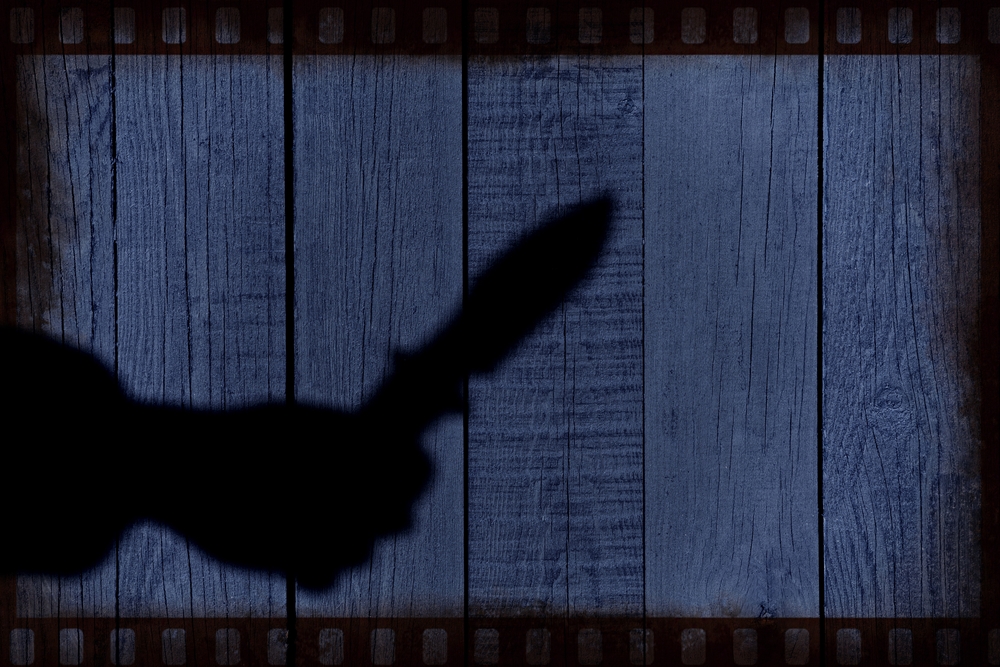
A black shape emerges from the misty shadows of the night and slinks up to the door. A glint of light flashes from a knife. There’s a scratching sound as the man begins to whittle a symbol into the wood. You probably won’t be able to read what he’s carving, because it’s in a centuries-old secret language: the tramp signs of Europe.
Frequently used from the 17th to 19th centuries, these symbols provided secret information to other criminals and vagabonds. Tramp signs told which houses provided refuge and which were dangerous. Even if a criminal was illiterate, he could still read these symbols.
By the 20th century, law enforcement had deciphered many of the symbols. Here are few listed in a criminal investigator’s handbook:
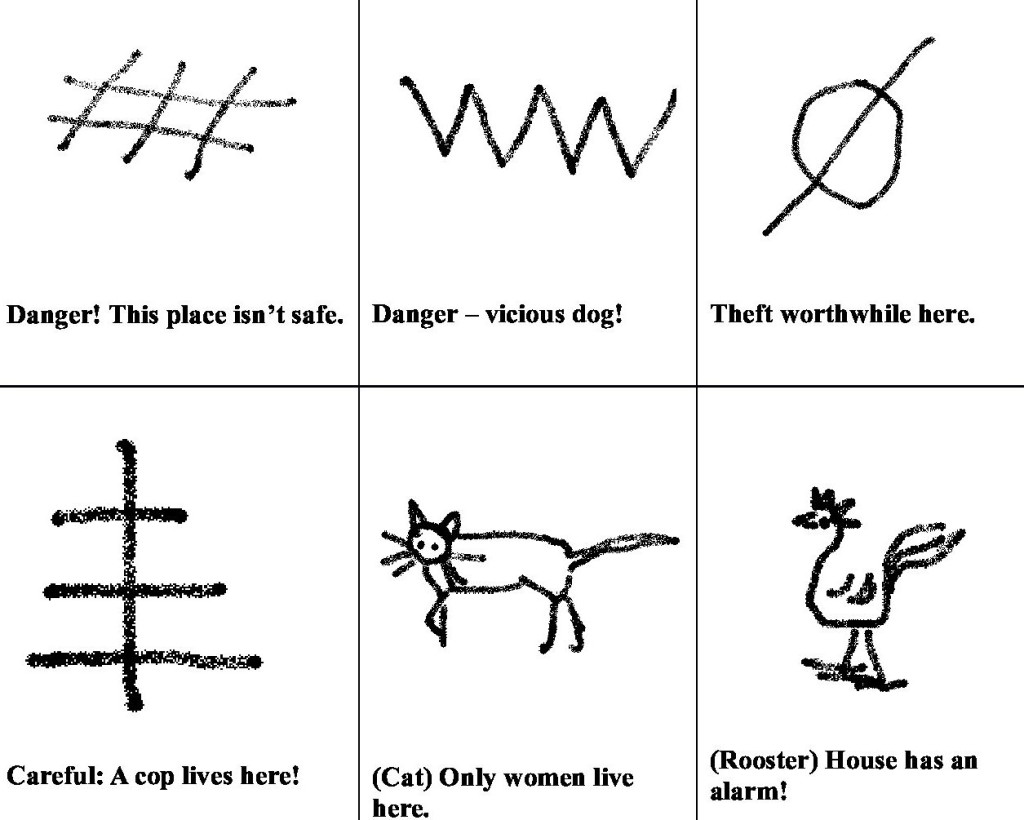
Some of these symbols became the basis for the hobo symbols that flourished in North American starting in the late 19th century and through the Depression. Compare the tramp signs above to some of these hobo symbols from North America:
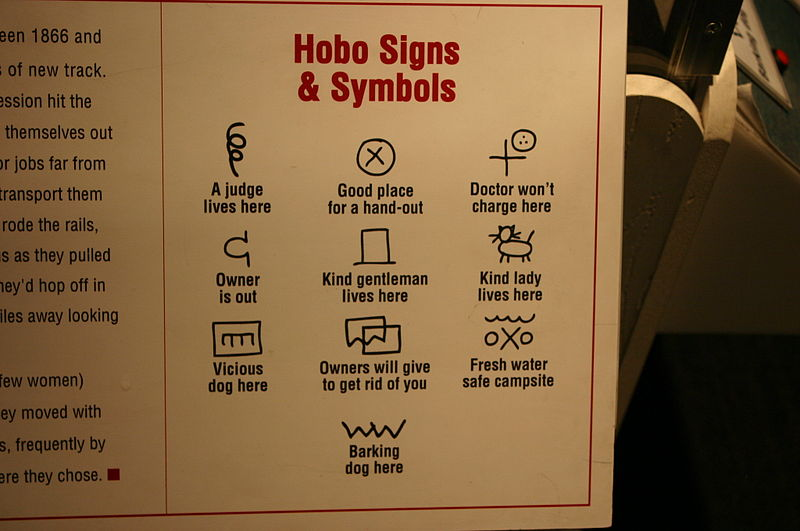
In Europe, however, tramp signs were also used by mischief-makers who were much more dangerous than hobos. Some tramp signs would tell a criminal which house to burglarize, which to burn, or even which occupants to murder. Here are two ominous examples from 19th century Europe:
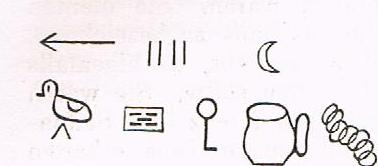
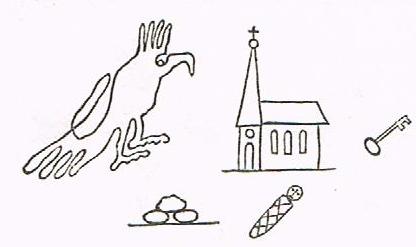
In the modern age of cell phones, the need for such communication has largely died out, although police do occasionally still find tramp signs. In 2009, police in Vienna found several on houses, mailboxes, fences, and doors. You can view photographs here. One of the symbols used looked like an upside down table. That means “old people live here.”
A modern variation of tramp signs is warchalking, symbols on streets or lampposts indicating the availability of an open wireless access point.
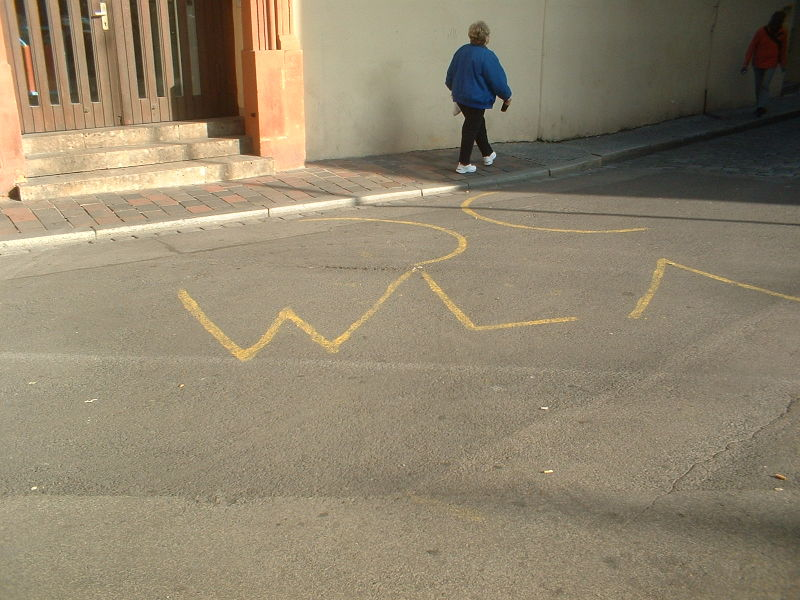
Have you ever seen secret symbols in a public place?
Literature on point:
Hanns Gross & Ernst Seelig, Handbuch der Kriminalistik (Berlin: J Schwietzer, 1954)
Hanns Gross, Handbuch für Untersuchungsrichter als System der Kriminalistik (Graz, Austria: Leuschner & Lubensky’s Universitäts-Buchhandlung 1899)



I had never heard of warchalking, though it is a lovely idea to mark public space with wifi.
In some places warchalking might encourage illegal tapping of a private WiFi, so it can be borderline as far as the law is concerned.
I’ve seen things written on the road, figured they were put there by city workers — but in the back of my mind I was thinking it’s crook code for which house to rob.
Who knows? Maybe we all ought to put the “a cop lives here” and “vicious dog” symbols somewhere in front of our homes to ward the burglars off!
Tramps Signs are real enough, but burglars chalk marks etc. are an urban myth. In the 120 years that tales of ‘burglars chalk marks’ have circulated in the British Isles there has never been a single case where such markings have formed part of the evidence in a reported prosecution.
‘Warchalking’ was a briefly hyped story in the summer of 2002. If you have a device that can use wi-fi then you use it to detect open networks.
Thanks for your post, Bill! I’m not so sure they’re an urban myth. The Vienna police documented burglar signs on residences recently (see the link the the post). But they were probably more popular in the past, before the advent of modern communication devices. Hanns Gross, the father of modern criminology, devoted an entire chapter to the signs in his 1899 Handbuch für Untersuchungsrichter. Is it possible that they are — or were — more popular in continental Europe?
It is not a myth. My great grandparents used to have hobos come by for meals. I know this for a fact because they told me about it plus my grandma & great uncle told me how one time my great uncle changed the hobo sign & they were going to the neighbor’s house instead. Finally the hobos changed it back. So they really used symbols to communicate things. My great grandparents loved by that rule that if someone knocks on you’r door it could be Jesus & you should treat them as so. Seems a bit dangerous if you ask me but they were very good people.
A couple of summers ago my neighbors were out of town for an extended period and we were suddenly inundated with travelers using their yard as a place to sleep and store their belongings. I was looking around to figure out why this property had attracted so many and noticed a tramp sign marked on the sidewalk next to the gate indicating the house was empty. I erased the marking and we didn’t have anyone come back.
That’s amazing, Scott, that people are still using those tramp signs today. It’s even more amazing that travelers are using them. Do they have some kind of secret arrangement to mark empty properties for fellow travelers? Some traditions die hard and it’s interesting to hear about your experience. Thanks for commenting.
My home has been hit twice, the last time two weeks ago. Today I found a small rock with a painted rock and a painted popcicle stick in my mailbox with the flag up on a sunday morning
I’m sorry to hear about your home being burglarized, Julie. I’m not sure if the painted rock and popsicle stick have anything to do with criminal activity. It could just be kids playing a prank. Have you tried googling it?